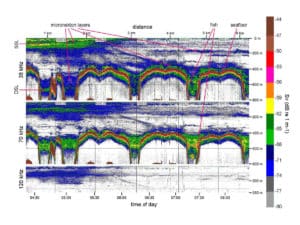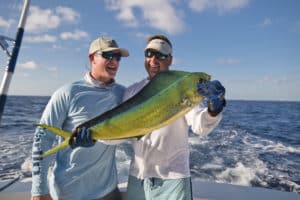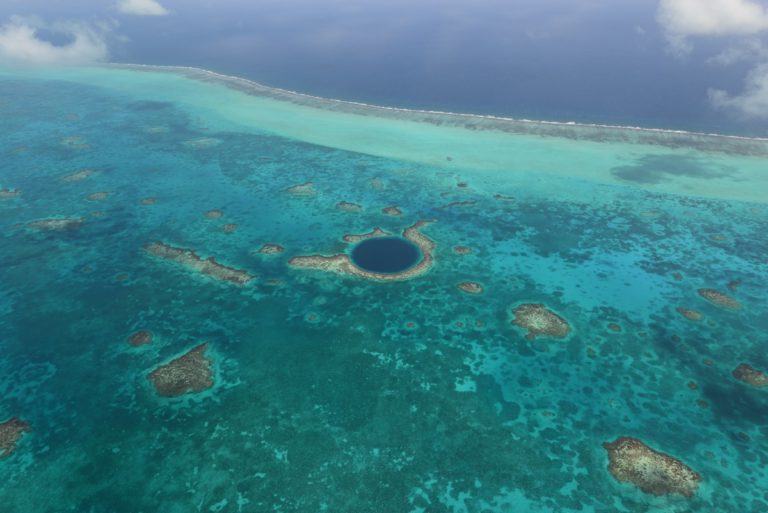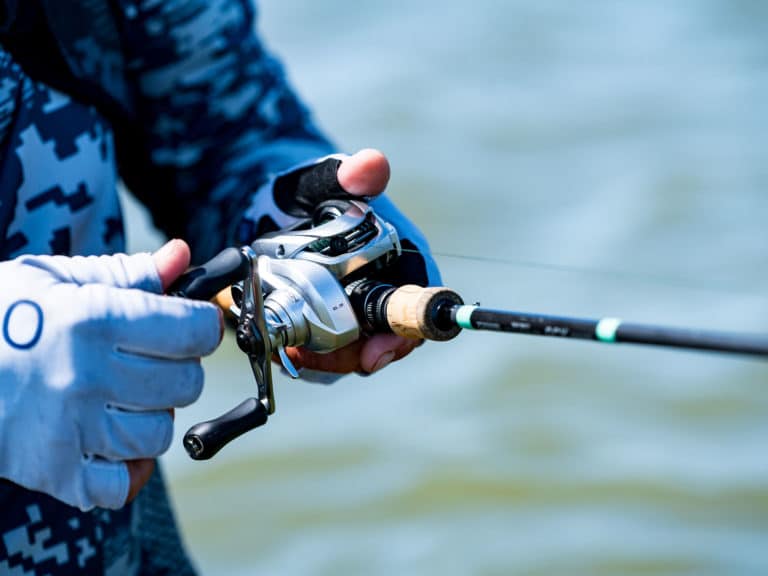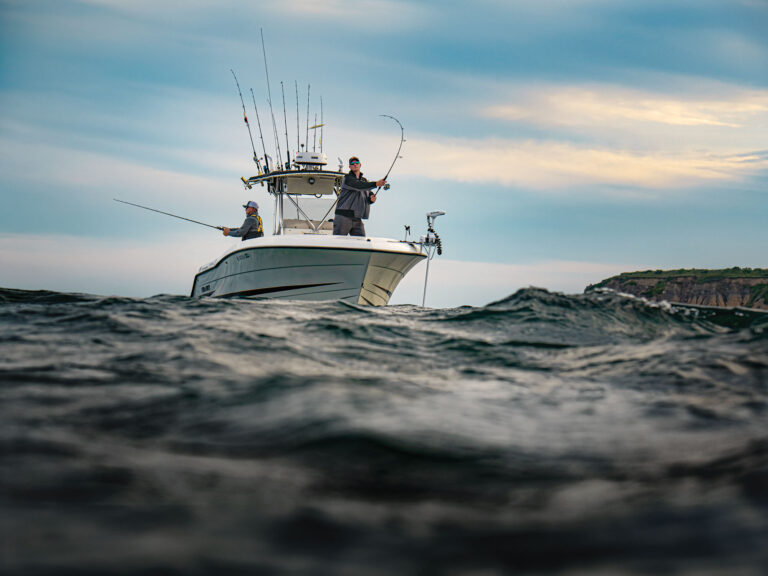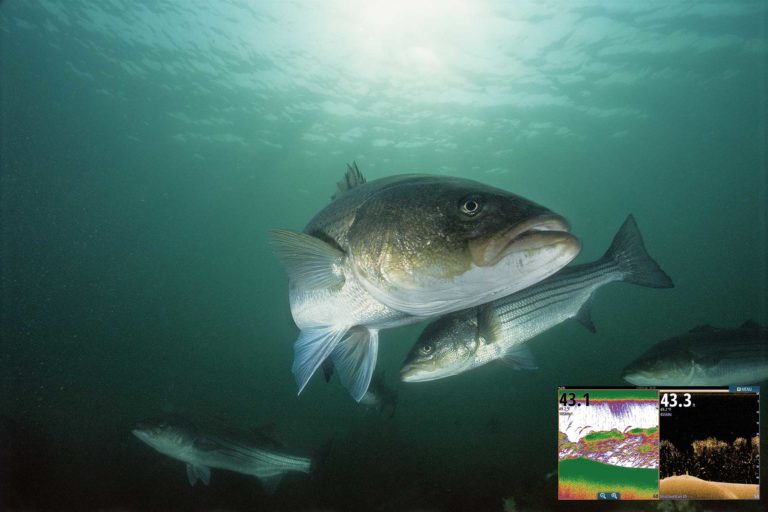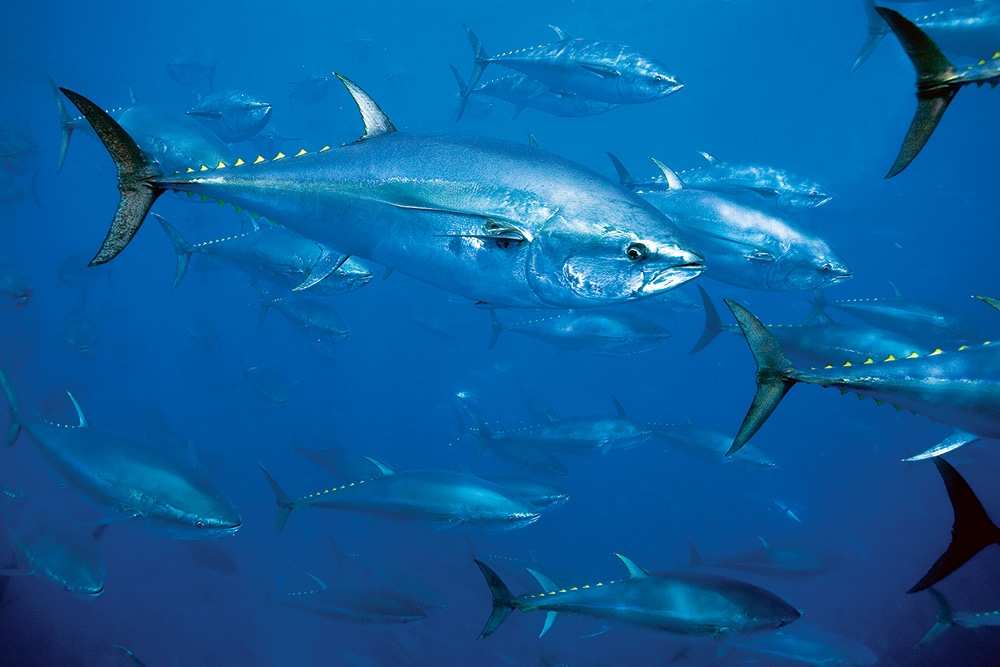
editorial natgeo
“The facts are sobering.”
So says National Geographic in a recent email blast warning that “90 percent of all large fish are already gone.”
Seriously, NatGeo?
The idea of dissing venerable National Geographic is almost blasphemous. After all, the icon that, as we grew up, revealed to us the wonders that make up our precious natural world has seemed beyond reproach.
No longer.
NatGeo has added its respected voice to an environmental campaign to greatly expand marine protected areas in the world’s oceans. I don’t for a moment buy into this as some National Geographic conspiracy specifically intended to doom recreational fishing, and I understand that its motivation stems from its legacy to “inspire people to care about the planet.” But I just can’t understand how National Geographic would resort to outdated and truly misleading scare tactics to try to attain its MPA ends.
The shocking statistic that (by 1980) we had killed off 90 percent of all large fish from our oceans went viral among mainstream media just after its introduction in 2003, when scientists Ransom Myers and Boris Worm extrapolated what they had found by analyzing Japanese longline tuna-fishery records to announce in_Nature_ that 90 percent of large predators have disappeared from the world’s seas.
That frightening conclusion was quickly refuted by a number of leading marine scientists, who showed that in most cases, stocks were in fair to good shape and certainly not widely down to just 10 percent of historic levels. One of the more recent and definitive papers, “Global population trajectories of tunas and their relatives” (2010, Proceedings of the National Academy of Sciences), showed that during the period Myers and Worm had studied, tuna stocks were at 80 percent — not 10 percent.
None of this is to say there aren’t problems globally with overfishing, nor that some stocks of large predators aren’t at risk. If NatGeo wanted to make that point using legitimate studies, I’d have no reason to be writing this.
But to resurrect the bogus 90 percent figure to scare its audience into action is disappointing coming from an institution that should be above such tactics.
Apocalyptic visions from environmental interests (as in Richard Ellis’ book, The Empty Ocean) “are deeply flawed,” says Peter Kareiva, chief scientist for the Nature Conservancy. On that note, Worm has also predicted the complete collapse of all fish stocks by 2048, given current trends.
Such catastrophic warnings also disregard the many successes of fisheries management in rebuilding/sustaining fisheries.
Of course, in this case, there is also the issue that closing large areas of the ocean to sport fishermen via MPAs will damage economies and deprive large numbers of people a vital connection to the natural world, while actually doing little or nothing for the resource. But while I might not agree with National Geographic on the issue, I realize the institution has every right to embrace and advance it.
That said, I don’t know if National Geographic is citing statistics it hasn’t vetted thoroughly enough to realize how misleading and questionable those statistics are or, worse, is citing figures it knows to be flawed but feels justified in using to promote an agenda.
Either way, we expect better from you, NatGeo.

